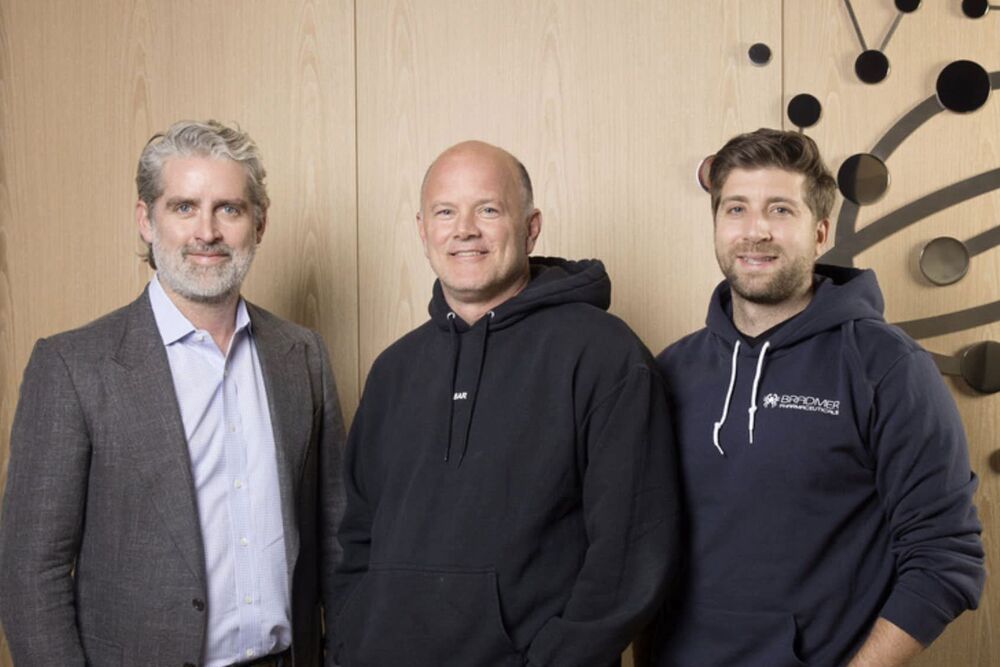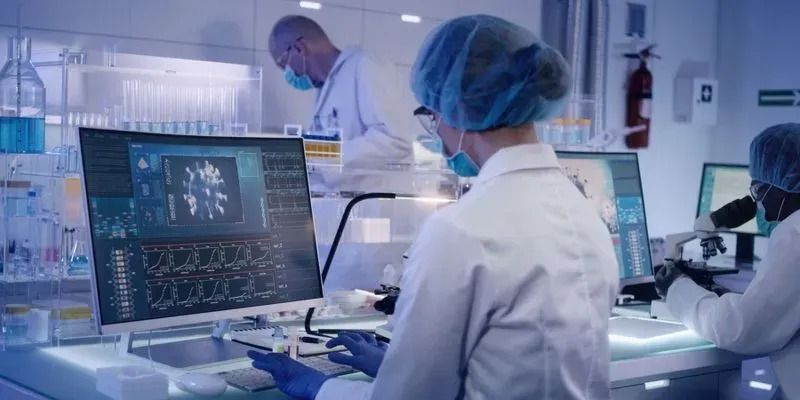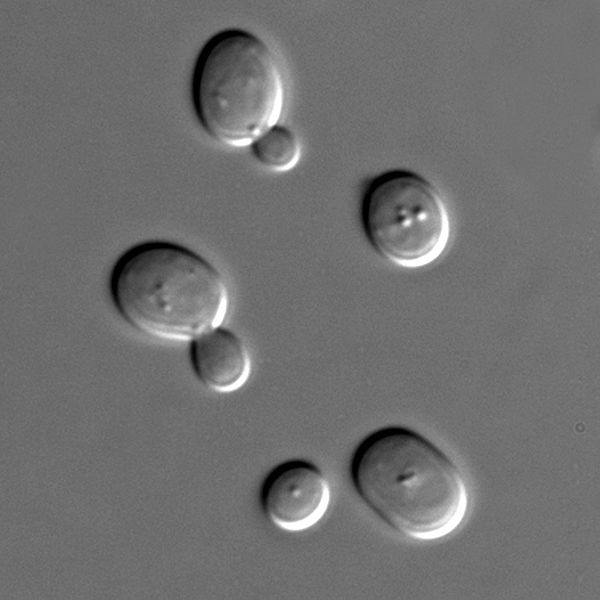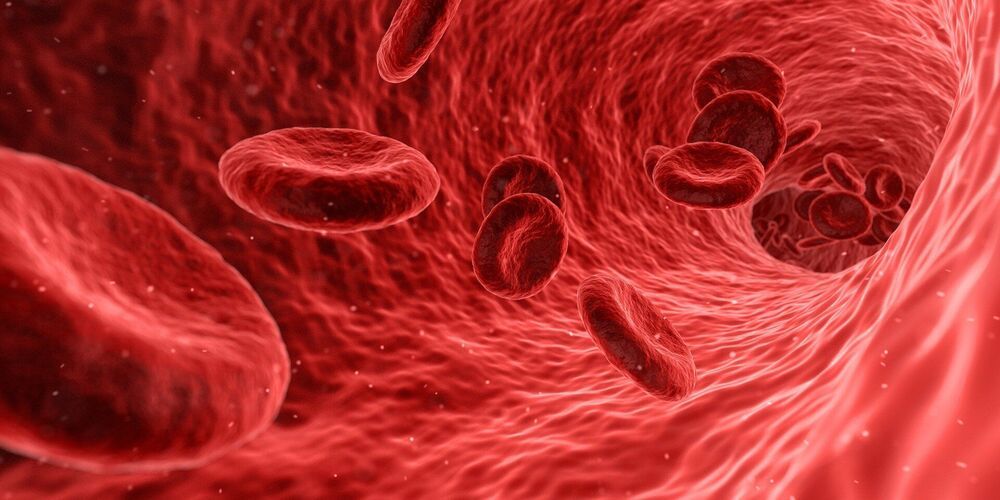New observations of young stellar object Elias 2–27 confirm gravitational instabilities and planet-forming disk mass as key to formation of giant planets.
A team of scientists using the Atacama Large Millimeter/submillimeter Array (ALMA) to study the young star Elias 2–27 have confirmed that gravitational instabilities play a key role in planet formation, and have for the first time directly measured the mass of protoplanetary disks using gas velocity data, potentially unlocking one of the mysteries of planet formation. The results of the research are published today (June 17, 2021) in two papers in The Astrophysical Journal.
Protoplanetary disks — planet-forming disks made of gas and dust that surround newly formed young stars — are known to scientists as the birthplace of planets. The exact process of planet formation, however, has remained a mystery. The new research, led by Teresa Paneque-Carreño — a recent graduate of the Universidad de Chile and PhD student at the University of Leiden and the European Southern Observatory, and the primary author on the first of the two papers — focuses on unlocking the mystery of planet formation.








